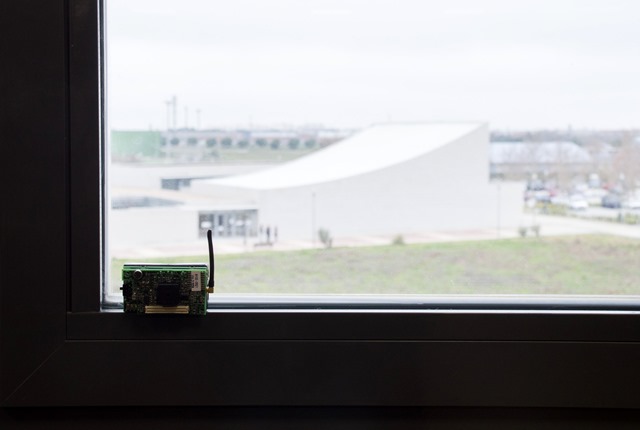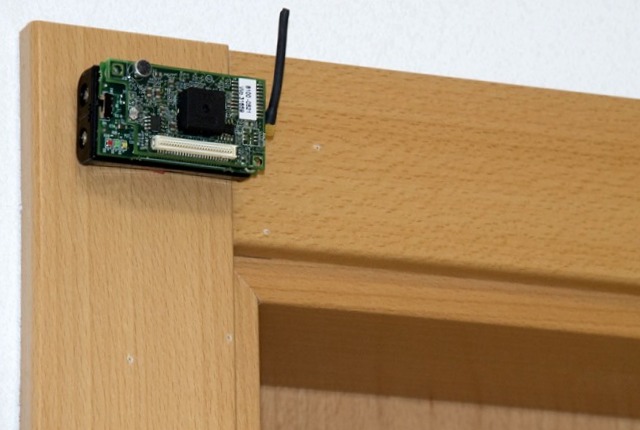Since 2013, buildings are rated based on their level of energy efficiency, according to Royal Decree 235/2013. The presentation of this certificate is mandatory in the contracts of sale or lease.
The problem with this new standard arises when it comes to measuring factors such as temperature, pressure or humidity to obtain the energy efficiency label, since it is necessary to install a large number of devices via cable in the different rooms of the buildings.
Given this inconvenience, many of the certifications are currently carried out through simulation programs without taking adequate real measures and with the consequent theoretical result.
A research team from the URJC School of Telecommunications Engineering is working on the development of wireless sensors that allow the energy behavior of a building to be evaluated and optimized. "Until now, the measurements were made with simulations, so it was not a real study with real measurements," explains Julio Ramiro, a researcher in the area of Signal Theory and Communications at the URJC, who adds that "we are designing the elements that are going to measure in a non-intrusive and precise way data of temperature, pressure or humidity”.
Through the Omega-CM project -of the Call for R&D Programs in Technologies (2013) of the Community of Madrid, with funding from the structural funds of the European Union- developed together with the Center for Energy, Environmental and Technological Research (CIEMAT), the researchers of the URJC are designing and programming devices smart nicknames, which consist of a wireless network of 'specks' that implement sensors of all kinds. “The device has two parts: a communications module that uses ZigBee or short-range communications protocol for sending little information, and another monitoring module with a multitude of sensors. A large number of these specks make up what is known as a wireless sensor network or WSN networks (Wireless Sensor Networks)”, explains Professor Ramiro.
In addition, this project aims to test what effect some elements have, such as smart windows (electrochromic), and if their application can help optimize the building's resources.
Although at the moment the URJC researchers are in the phase of programming the devices in the laboratory, the next step will be to install and test them in buildings already monitored by wiring to check their effectiveness.
 |
 |
Bibliographic references:
Mihaela I Chidean; E. Morgado, E del Arco, Julio Ramiro-Bargueño; Antonio J. Caamaño; “Scalable Data-Coupled Clustering for Large Scale WSNs”, Wireless Communications, IEEE Transactions on Wireless Communications, Key: A, Volume:14 , Issue: 9, Pgs.4681-4694, September 2015. DOI: 10.1109/TWC.2015.2424693
Mihaela I Chidean; Jesus Munoz-Bulnes; Julio Ramiro-Bargueño; Antonio J. Caamaño; Sancho Salcedo-Sanz; “Spatio-Temporal Trend Analysis of Air Temperature in Europe and Western Asia using Data-Coupled Clustering”, Journal: Global and Planetary Change, Key: A, Volume:129, Pages.45-55, June 2015. DOI: 10.1016/j.gloplacha.2015.03.006



